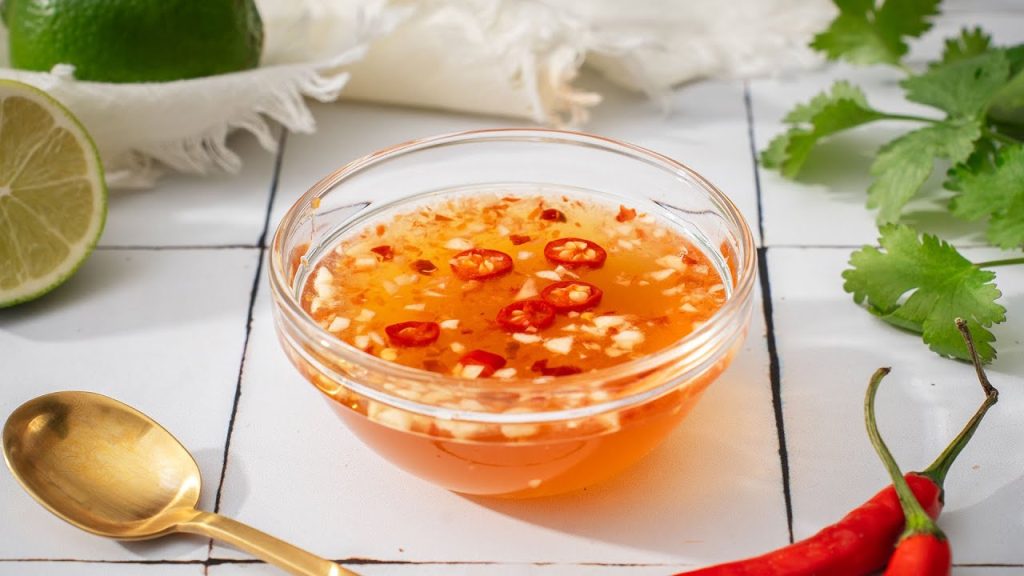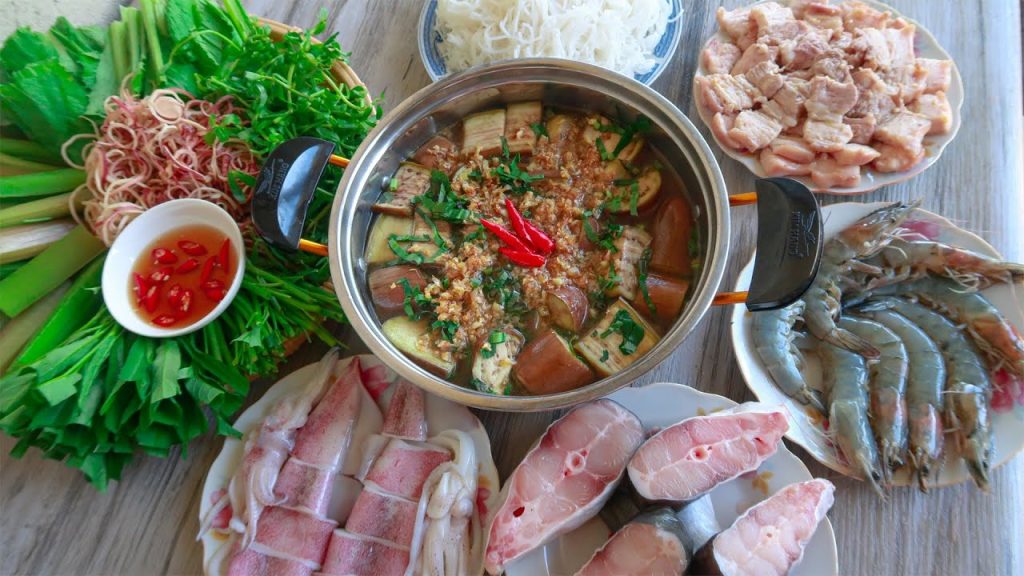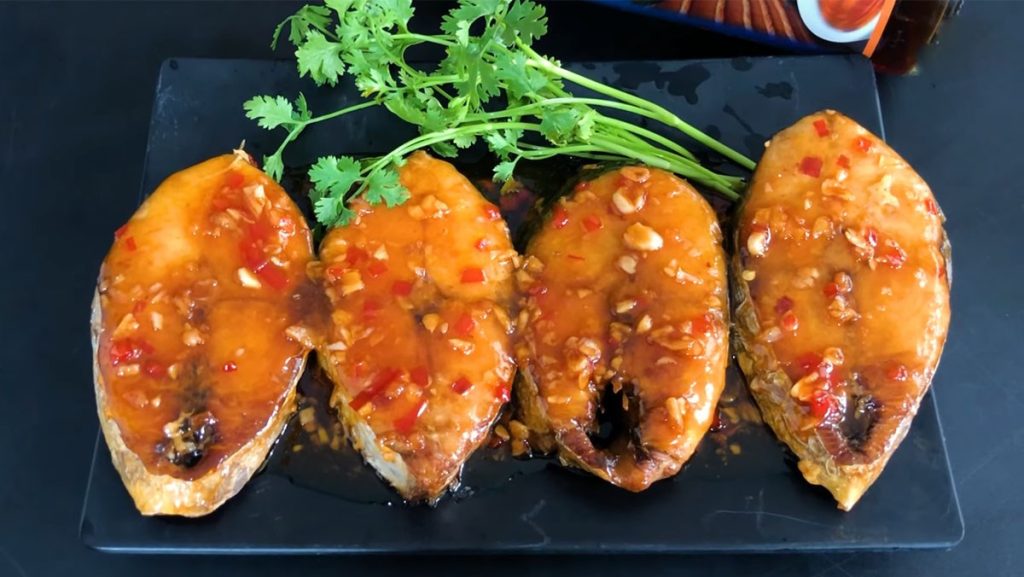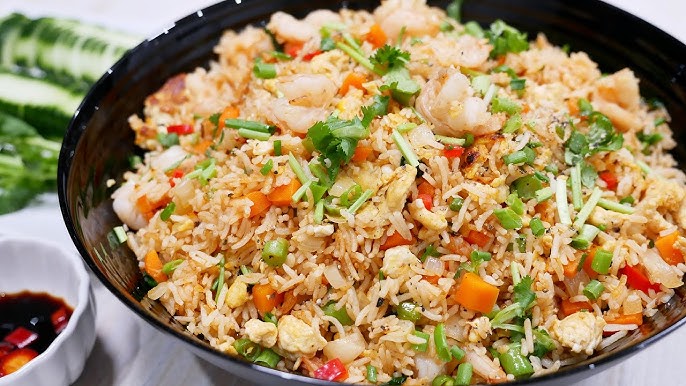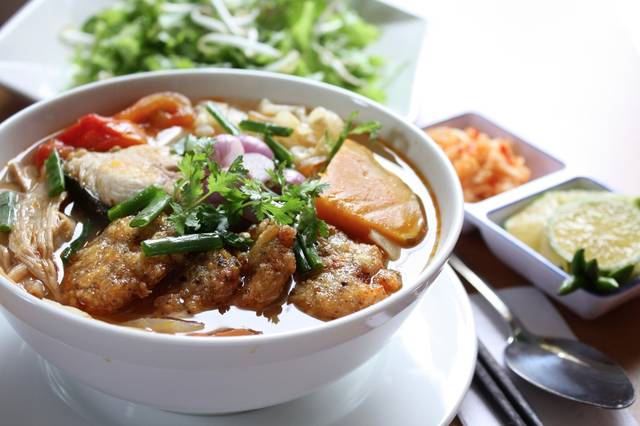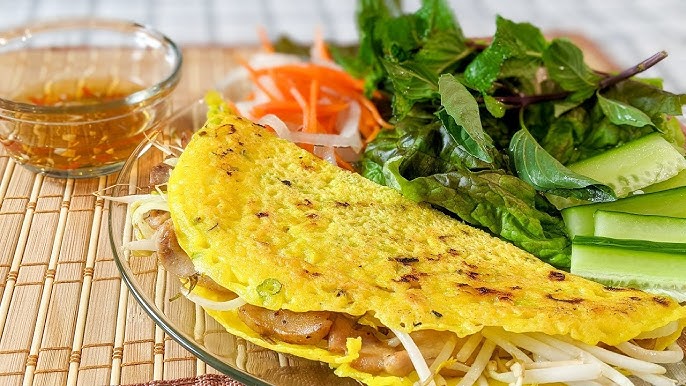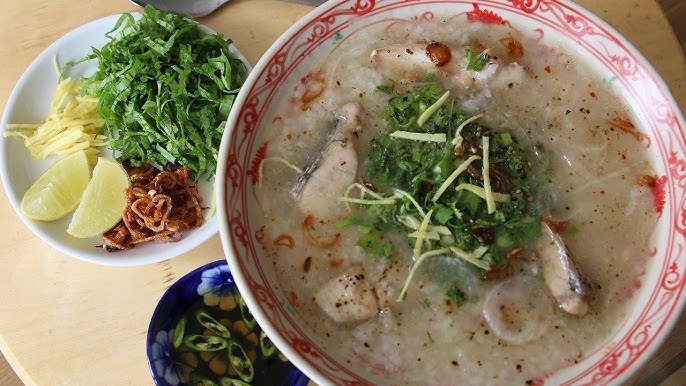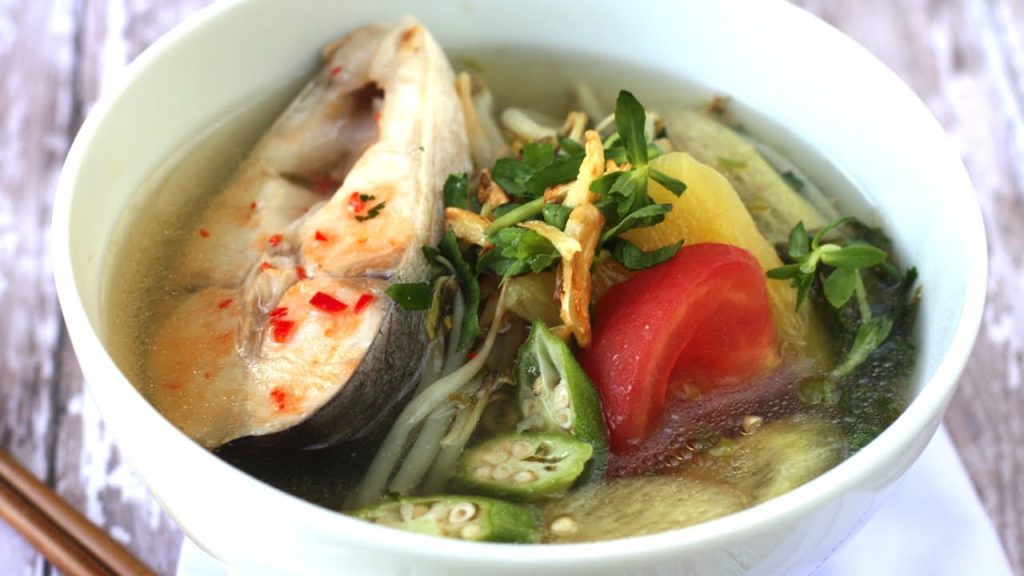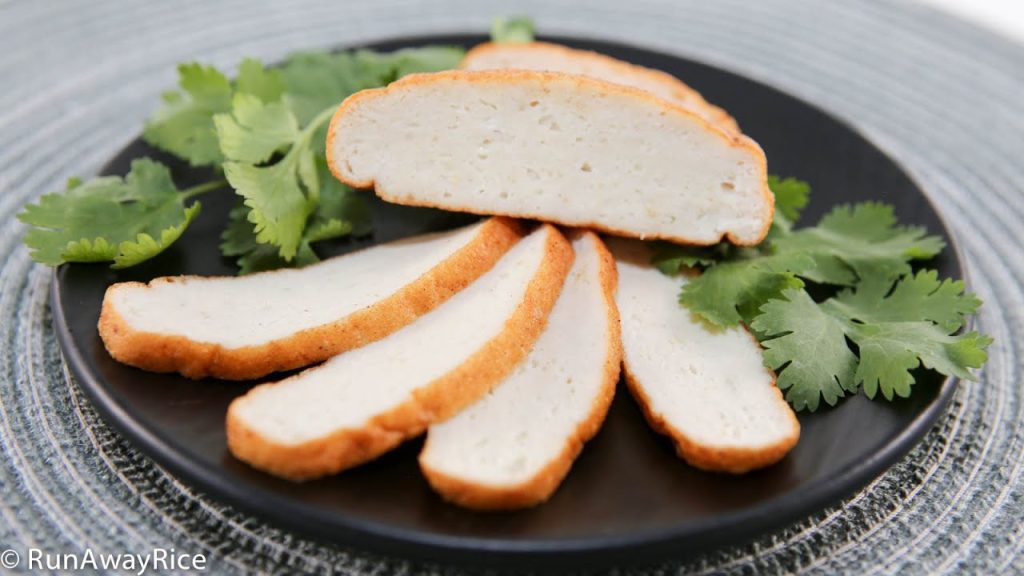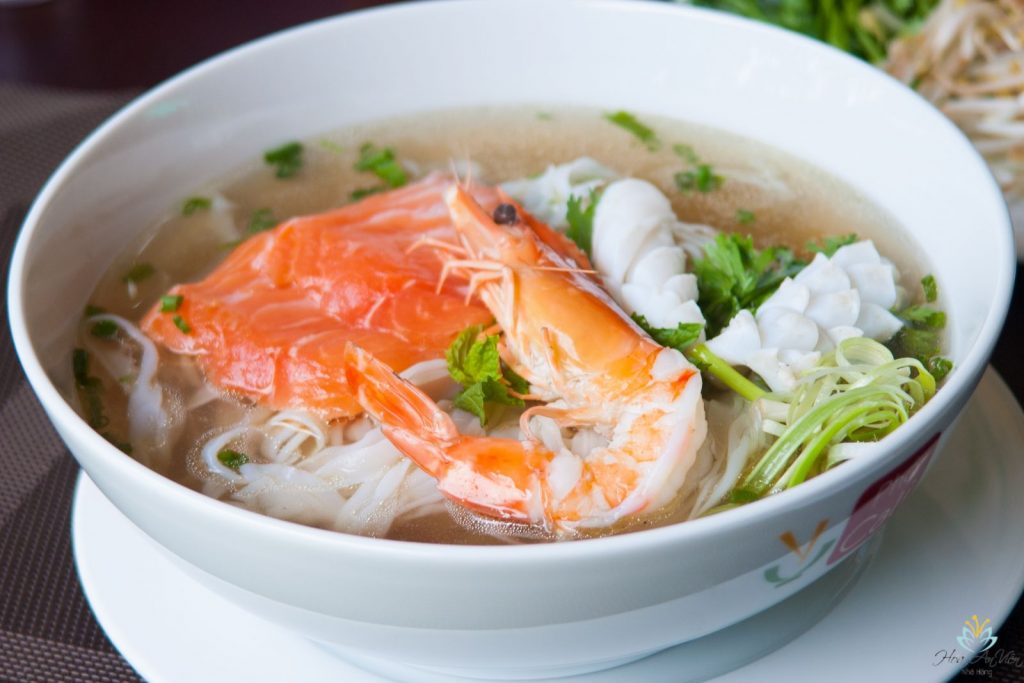Vietnamese fish sauce, known as Nước Chấm, is an indispensable condiment that embodies the essence of Vietnamese cuisine. This savory, umami-rich sauce serves not just as a dip but as a cornerstone of flavor for a multitude of dishes across Vietnam. Made from a harmonious blend of fish sauce, water, sugar, lime juice or vinegar, garlic, and chilies, Nước Chấm is celebrated for its ability to elevate the taste of everything it accompanies, from spring rolls to grilled meats and beyond.
Its ubiquity at Vietnamese tables, from humble homes to gourmet restaurants, speaks to its fundamental role in the culinary culture. This introduction will take you on a journey through the history, variations, and cultural significance of Nước Chấm, highlighting its versatility and unparalleled ability to add depth and complexity to any meal. Whether you’re a seasoned aficionado or a curious newcomer, understanding and mastering this quintessential sauce will open up a world of flavor and tradition.
Table content
The Essence of Vietnamese Fish Sauce
Vietnamese fish sauce is distinguished by its complex and balanced flavor profile, which harmoniously combines pungent, salty, sweet, and umami notes.
This unique flavor is the result of a traditional fermentation process, where freshly caught fish, typically anchovies, are meticulously combined with sea salt and left to age for several months to up to a year or more.
The fermentation allows the natural enzymes and microorganisms present in the fish and salt to break down the proteins and lipids, creating the complex and nuanced flavor profile that defines Vietnamese fish sauce.
Ingredients
Fish sauce is made from just a few core ingredients:
- Fish – Small, oily fish like anchovies are preferred. The fish provides proteins that breakdown into glutamates, creating savory umami flavors.
- Salt – Salt is crucial for drawing moisture out of the fish and allowing fermentation.
- Water – Water allows the fish proteins and salt to mingle and break down through fermentation. The ratio of fish to water impacts the final concentration.
- Sugar – A small amount of sugar balances out some of the saltiness and supports fermentation. White sugar is most common.
- Garlic – Optional garlic cloves add a subtle, aromatic background flavor.
Making the Vietnamese Fish Sauce: Nuoc Cham
- In a small bowl, combine 2 tablespoons of Vietnamese fish sauce, 2 tablespoons of fresh lime juice, and 1 tablespoon of sugar. Stir until the sugar is fully dissolved.
- Add 1 clove of minced garlic and 1-2 thinly sliced chilies (if desired) to the mixture.
- Slowly add 2-3 tablespoons of water, adjusting the amount to achieve your desired consistency and flavor balance.
- Taste and adjust the seasoning as needed, adding more fish sauce for saltiness, lime juice for acidity, or sugar for sweetness.
- Allow the sauce to rest for 5-10 minutes to allow the flavors to meld and develop.
- Serve the Nuoc Cham as a dipping sauce for fresh or cooked vegetables, meats, seafood, or spring rolls.
Historical Background and Cultural Significance
Fish sauce has an ancient history in Vietnam and across Southeast Asia. It likely originated as a way to preserve fresh fish in the days before refrigeration.
Early fish sauces date back at least to the 3rd century CE in Roman writings about life in Southeast Asia. They were originally made with freshwater fish rather than today’s anchovies.
Over many centuries, the techniques were refined to produce the clear, complex Nước Chấm loved today. It became an essential part of Vietnamese cooking by providing important proteins and flavor.
Beyond cooking, fish sauce took on cultural significance in Vietnam. As a cooking process that took months, Nước Chấm became tied to patience, care, and tradition.
Serving homemade fish sauce showed devotion in preparing a properly seasoned meal. The practice connected families across generations.
Today, while commercial brands have become common, Vietnamese continue to value the tradition and flavor of homemade Nước Chấm. It remains an core element of Vietnamese cuisine and culture.
Diverse Culinary Applications

Vietnamese fish sauce is a versatile ingredient that transcends its traditional role as a dipping sauce. It shines in a wide range of culinary applications, elevating the flavor of countless dishes.
Examples of dishes that feature fish sauce include:
- Marinades for grilled or roasted meats and seafood
- Stir-fries and sautéed vegetable dishes
- Noodle soups, such as Pho and Bun Cha
- Salad dressings and vinaigrettes
- Sauces and condiments for spring rolls, egg rolls, and banh mi
Culinary enthusiasts are encouraged to experiment and explore the versatility of Vietnamese fish sauce in their own cooking, pushing the boundaries of traditional uses and discovering new flavor combinations.
Variations and Regional Differences
While the basic Nước Chấm ingredients of fish, water, salt, and sugar remain consistent, the flavor and color can vary widely across Vietnam. Here are some key regional differences:
- North – Northern fish sauce uses higher ratios of fish to salt and ferments for longer. This results in a lighter brown color and more pronounced fish flavor.
- Central – Central Vietnamese Nước Chấm has a richer, darker color from higher salt concentrations. It also integrates more sugar for balance. The taste leans more towards saltiness.
- South – Southern style Nước Chấm uses the most fish for a very high protein content. It ferments the fastest and has a more transparent, reddish hue.
Within those broad regional styles, every Vietnamese home and village puts their own spin on the condiment. Some add fruits, spices, or rice whisky to for personalized flavors. Discussing and comparing techniques is an important part of Vietnam’s food culture.
Optimal Storage Practices

- Keep the fish sauce in an airtight container, preferably in the refrigerator.
- Avoid exposing the fish sauce to direct sunlight or heat, as this can accelerate deterioration.
- For optimal flavor and quality, consume the fish sauce within 6-12 months of opening the bottle.
Proper storage and timely consumption will ensure that you enjoy the full depth and complexity of Vietnamese fish sauce in your culinary creations.
Conclusion: Vietnamese Fish Sauce
Vietnamese Fish Sauce has earned its place as a beloved staple across countless Vietnamese kitchens. With its long fermentation unlocking rich umami flavors, the versatile sauce enhances any dish or sauce.While store-bought versions are widely accessible today, traditional home fermentation remains an important tradition. Taking the time to prepare your own fish sauce is a rewarding way to connect with Vietnam’s culinary history.

Ingredients
- Vietnamese fish sauce: This is the star of the show, providing a salty and umami flavor.
- Sugar: Granulated sugar balances the saltiness of the fish sauce.
- Water: Thins the sauce to a dipping consistency.
- Lime juice: Fresh lime juice adds a bright acidity and freshness.
- Garlic: Minced garlic brings aromatics and depth of flavor.
- Optional Ingredients: You might also see recipes including chilies for a spicy kick, chopped carrots or radishes for a bit of crunch, or even chopped fresh ginger for a warming note.
Instructions
- Combine the Sugar and Water: In a small bowl or saucepan, mix together the sugar and water. Heat over medium heat just until the sugar dissolves. Set aside to cool slightly.
- Assemble the Sauce: Add the fish sauce, lime juice, and garlic to the cooled sugar mixture. Stir well to combine.
- Adjust and Serve: Taste the sauce and adjust seasonings to your preference. Add more fish sauce for a stronger savory flavor, more lime juice for tartness, or a touch more sugar for sweetness. Serve immediately with your favorite Vietnamese dishes like spring rolls, grilled meats, or bun bo hue.
Notes
- Fish Sauce: Use a good quality Vietnamese fish sauce for the best flavor. Different brands can vary in intensity, so start with a lesser amount and add more to taste.
- Sweetness and Acidity: The balance of sweet and tart is a matter of personal preference. Adjust the sugar and lime juice according to your taste.
- Spicy Option: For a spicy kick, add a thinly sliced red chili pepper to the sauce. You can remove the seeds for a milder heat level.
- Freshness is Key: Nước Chấm is best enjoyed fresh. Leftovers can be stored in an airtight container in the refrigerator for up to 3 days, but the flavors may mellow slightly.
- Customization: Feel free to experiment with additional ingredients like chopped carrots, radishes, or fresh ginger for a touch of variety.
Nutrition Facts
Vietnamese Fish Sauce
Serves: Makes about ½ cup
|
Amount Per Serving: 2 tablespoons
|
||
|---|---|---|
| Calories | 10-15 | |
| % Daily Value* | ||
| Total Fat 0 g | 0 | |
| Saturated Fat 0 g | 0 | |
| Trans Fat 0 g | ||
| Cholesterol 0 mg | 0 | |
| Sodium 300-400mg | 12.5% | |
| Total Carbohydrate 2-3 g | 0.7% | |
| Dietary Fiber 0 g | 0 | |
| Sugars 2 g | ||
| Protein 0.5 g | ||
| Vitamin A Trace | Vitamin C Trace | |
| Calcium Trace | Iron Trace | |
* Percent Daily Values are based on a 2,000 calorie diet. Your daily values may be higher or lower depending on your calorie needs.
Vietnamese food recipe

Hello! I’m Christine Ha – a food nerd in love with eating, cooking, photography, science, and culture.
Vietnamese food was always on the table when I was a kid, but I didn’t really care for it until my late teens (what a waste!). I was a super picky eater and mostly just wanted fast food. Somewhere down the line I flipped a switch, and now home-cooked food is something I appreciate so much more. ⮕About me

